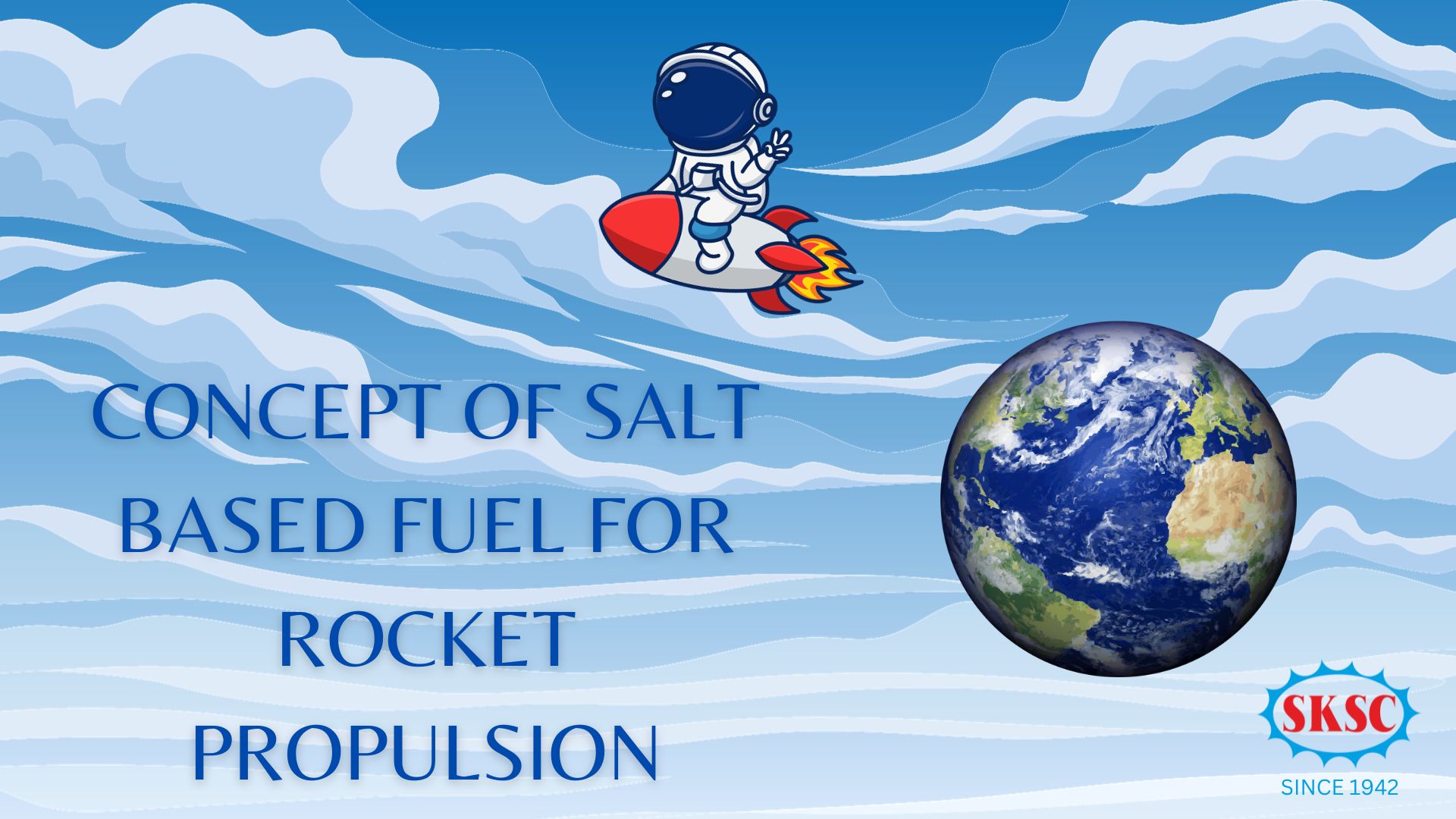
A concept of salt based fuel for rocket propulsion
A new salt-based propellant could be used to power small satellites like CubeSats, researchers say. FAM-110A is a combination of two commercial salts that can be used for high-thrust, or chemical, propulsion for fast, time-critical maneuvers, and electric mode for slow, or orbit maintenance. Unlike hydrazine, which is currently the most popular monopropellant on the market, the FAM-110A mixture is non-toxic. It's also denser than hydrazine, so it can be stored in a smaller tank, and requires less plumbing than other thruster systems with separate propellants, according to Nicolas Rasmont, PhD candidate and co-author of the study with Joshua Rovey, a faculty member in the Department of Aeronautics and Space at U of I-Champaign. The study looked at the rate of combustion in FAM-110A under different pressures, and found that preparation and storage conditions had a greater impact on combustion velocity than expected. The findings will be used to inform rocket engine design.
At present, there is no definitive explanation for this, but we believe it is due to the rapid absorption of moisture from the atmosphere by FAM-110A. Both components are highly hygroscopic and other researchers have found that even small increases in water content can affect the combustion behavior of similar fuels. The experiment involved FAM-110A and two controls whose combustion behavior is well-known, nitromethane and a mix of 80% hydro- ammonium nitrate (HAN) and 20% water. Both fuels were tested at a range of pressures between 0.5 and 11.0 megapascals. The liquid propellant was placed into a quartz tube inside a high pressure combustion chamber, and the chamber was sealed and nitrogen was added to the chamber. The top of the liquid was ignited, and the flame front descended down the tube and was visible through the viewport. The burn rate of the flame could be measured in fractions of a second.
The burn rate has a big impact on how an engine is designed, said Rasmont. "If you have a high burn rate, you're going to end up with a combustion flashback where the decay flame is trying to get back through the pipe to the tank, and it's going so fast it's going to blow everything up. But if you have a low burn rate, it's going to be hard to maintain the combustion. Ultimately, you want to be in the Goldilocks Zone, where you don't have too high of a burn rate, but not too low of a burn rate to keep the combustion stable and efficient." Rasmont said that the "Goldilocks Zone" was found to be fairly wide, with no sudden changes in the burn rate as the pressure increased, and the burn rate plateaued at high pressure. This means that the rocket engine can be built with our propellant at almost any pressure level, but it also means that the propellant leaves a lot of liquid residue when it burns. This is not ideal because it means the combustion is not complete. We may need to modify the formulation to increase the combustion rate. The next step, according to Rasmont, is to test it on a real rocket engine to determine if it works. "The results we've seen here are promising but they also show limitations and areas where we can make improvements," he said.
S.K.S.C.NADARAJAN & BROR.
Salt company since 1942
Tuticorin Salt | crystal salt | crushed salt | freeflow salt | fine salt | coarse salt | size salt | Salt supplier | Kerala salt supplier | South indian salt export | South India salt company | thoothukudi saltern | Tuticorin saltern | deicing salt exporter | deicing salt tuticorin | Thoothukudi salt exporter | Thoothukudi traditional salt | Sea salt tuticorin | Sea salt Thoothukudi | Thoothukudi salt | salt exporter tuticorin | salt Thoothukudi | SKSC salt | India old salt company | Salt company India | Salt company tamil nadu | Salt company Tuticorin | Tamil nadu Salt | India Salt | powder salt
